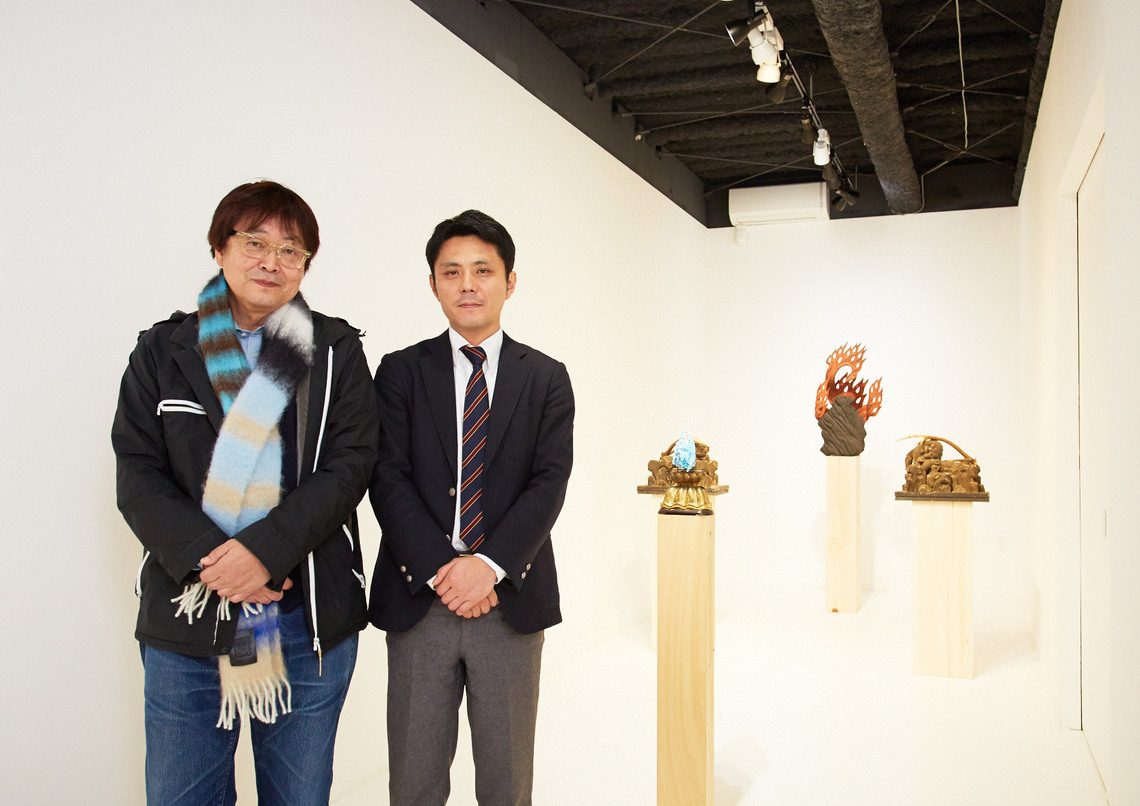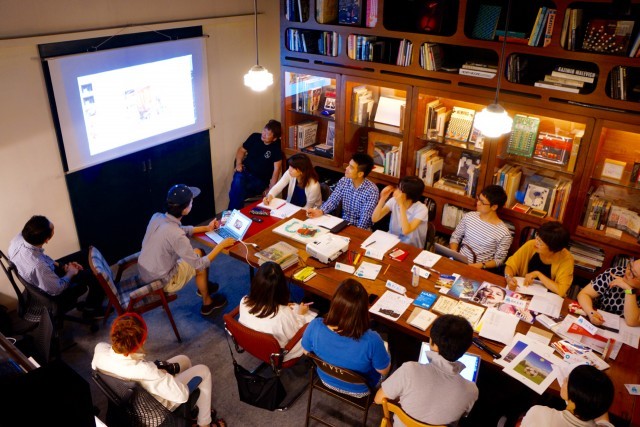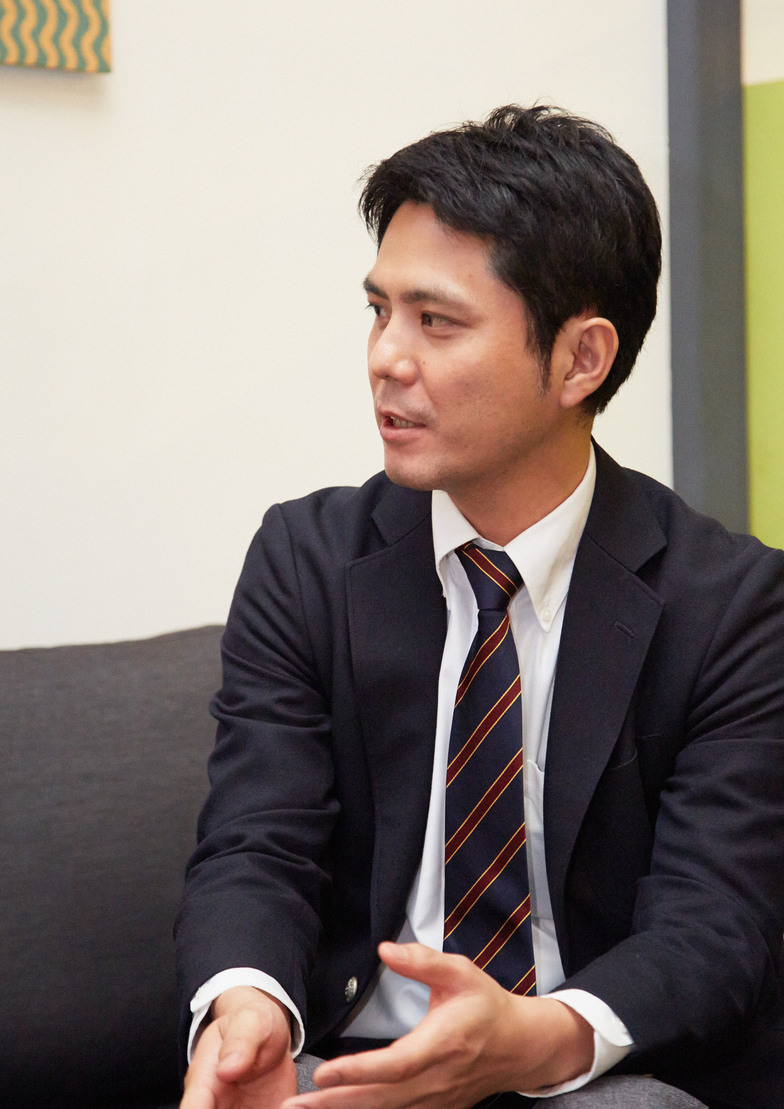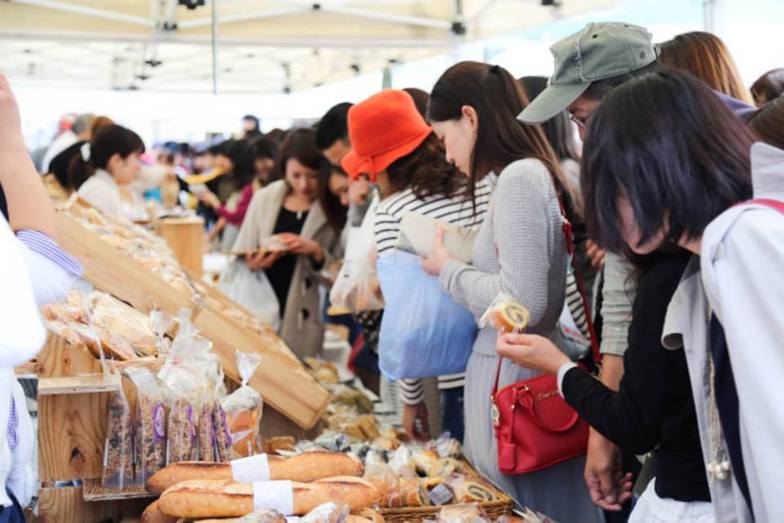The "Experience Driven Showcase" series began in April 2015 and has featured diverse work examples over its first nine months. In 2016, we're launching a new initiative within the series: "Go meet the people you want to meet!" While encounters happen daily, the people we can meet through our work are surprisingly limited. Guided by the spirit of "I want to meet them, so I'll go talk to them first!" and "Let's talk, get inspired, and then work together next time!", this project will deliver various dialogues. For the first installment, Dentsu Inc. Event & Space Design Bureau's Makoto Miyaguchi went to meet Teruo Kurosaki of Ryushi Creative Group.
Ryusuke Nagi from Dentsu Inc. recently crowdfunded a book about traditional Japanese sweets with his friends and sent it to me.
It's a book about a wagashi shop he's loved for years, and they crowdfunded the printing costs.
He was a student at my school, Schooling Pad, and this approach is one way individuals can demonstrate influence.
Creating a new kind of "nature" in public spaces
Miyaguchi: I've been interested in public spaces lately. You know how people often talk about edible elements—like parks where you can eat plants—and how various things are being done overseas? What's the most interesting park or public space you've seen abroad, Kurosaki-san?
Kurosaki: Exactly! There's a restaurant jutting out over a pond in the park, and they cook using vegetables and herbs grown right around it. That's pretty common now. You see it in LA and Portland too. I've also bought an old house in Komatsu City, Ishikawa Prefecture, along with about 5,000 square meters of land, and I'm creating a farm there. I'm learning to grow traditional vegetables and such.
Miyaguchi: Really? That's amazing! Kurosaki-san, you really are the first to try all kinds of new things.
Kurosaki: I'm trying to do it in Tokyo too, with rooftop gardens and farms. I'm looking into putting herb gardens, solar power, and geothermal energy everywhere. I plan to rent a bicycle parking lot next year and start changing the energy usage itself.
Miyaguchi: Making bicycles a public transportation option is growing, right? Minato Ward is doing pilot tests. If the design is cool, I'd want to rent one and ride it. "Cool" doesn't just mean the design—it could be electric bikes with stronger motors, or bikes with interesting features designed by designers.
What is the essence of a "Creative City"?
Kurosaki: Real estate value is determined by its use value—how the land is utilized. It's no longer about ownership value. Concepts like information, content planning, and overall vision are becoming increasingly important.
Miyaguchi: Values should change, right? With the times.
Kurosaki: Money is also information. Monetary value itself is information.
Miyaguchi: Maybe we're entering an era where you can live richly even without money.
Kurosaki: Information, architecture, space, art, design—all these elements come together to create something truly creative. We're going to create a theoretical journal that can lead the way in this field.
Miyaguchi: Wow, that's really inspiring.
Kurosaki: It's not exactly creative city theory, but what should a city be? It's just about seeing the whole picture. When you think about what a park should really be, imagine having botanists who say, "Let's create a sacred forest," or "Why not bring a sake brewery here?" That kind of thinking is rare now. Instead, it's all about, "Which big company wants to open a store in Shibuya? Let's bring them in." Attracting stable, major corporations to open shops might seem like a commercial success, but it doesn't create the next era, does it?
Miyaguchi: That would just make everything the same. We shouldn't be afraid to put in the effort to think.
Kurosaki: Being creative, having that inherent dream of what things should be. You need that concept, that dream, then comes content planning, then management. But I think all that is missing now. Japanese society is moving based solely on management, money, and business.
Real estate development has become especially conservative. Yet the truly exciting things happening—whether in Venice Beach or Portland—are driven by young people's dreams: "Wouldn't this be cool?" or "Wouldn't this be delicious?" Money follows later. The young people coming to me are all running their own food and beverage businesses. If you ask them for credit checks or three years of financial statements, they'd all fall through the cracks.
That's why I think we need a function to bridge that gap, protecting and nurturing young people. Otherwise, under current societal rules, only big corporations thrive. If it's just big corporations, compliance becomes the norm, and creativity fades. Ultimately, customers will find that boring too. We'll just end up back where we started, so we need movements to flip that situation.
Miyaguchi: So Mr. Kurosaki, you'll keep doing this kind of work from now on, right?
Kurosaki: Well, as long as I'm alive (laughs). My recently published book, "CRAFT BAKERIES," focuses solely on artisanal, handmade bakeries. These places, where they make bread with real dedication, are popular right now. Since there are no sponsors involved, there's no "branding" or "style" dictated by a particular shop. They just freely create exactly what they envision.
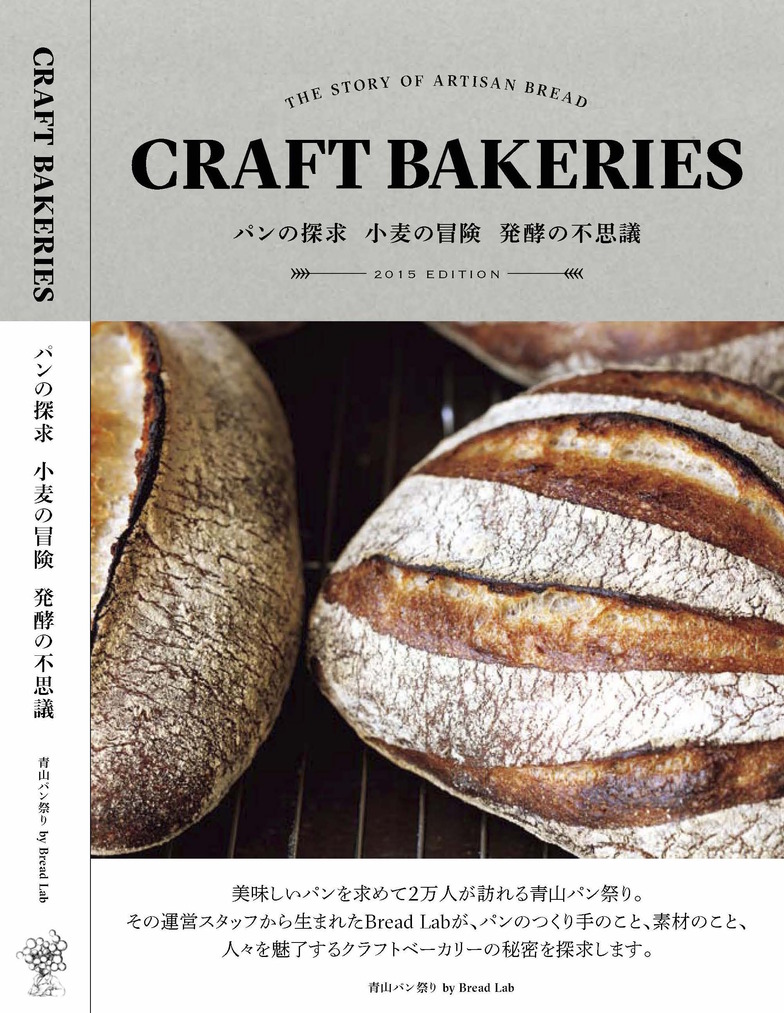
【CRAFT BAKERIES】-THE STORY OF ARTISAN BREAD- The Quest for Bread, The Adventure of Wheat, The Mystery of Fermentation EDITION 2015
A Bread Lover's Book Born from the "Aoyama Bread Festival"

Aoyama Bread Festival
When over 50 bakeries gather in the courtyard of the United Nations University, girls who love bread form lines with incredible speed. The atmosphere is electric, drawing huge crowds, and bread flies off the shelves. I think it would be pretty interesting if Dentsu Inc. also ran events like this for young people (laughs). Why not learn the know-how for grassroots events together with these young people?
<End>




